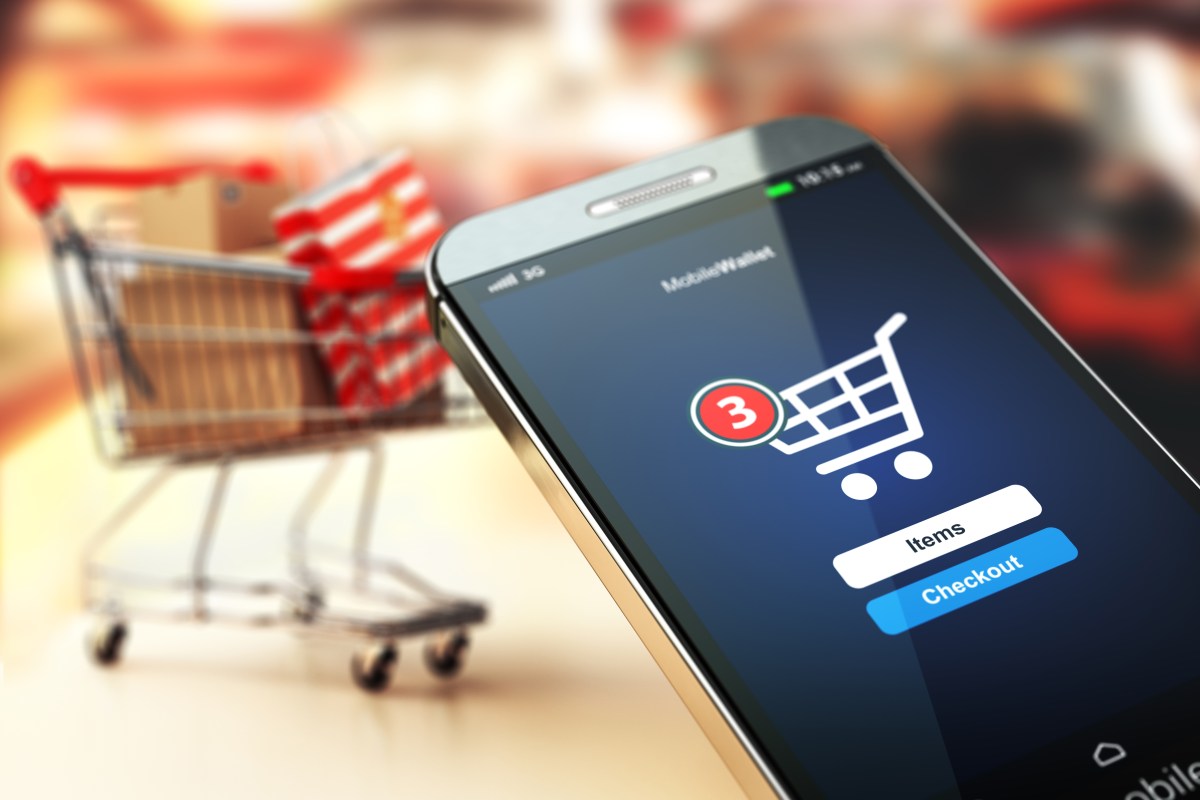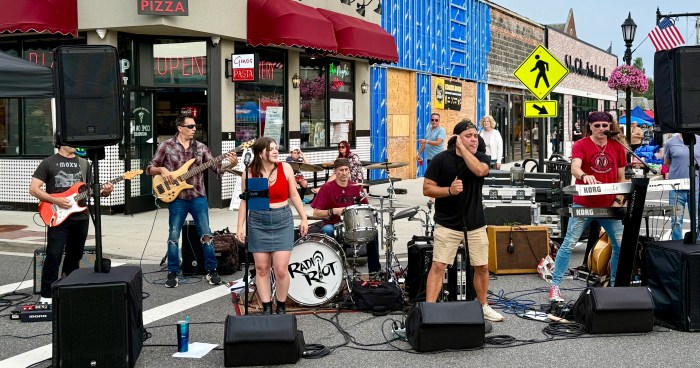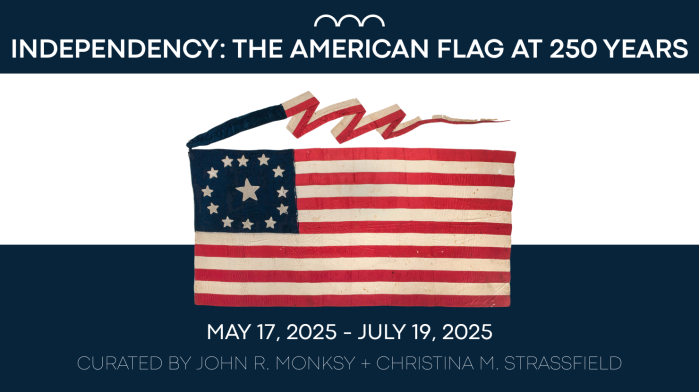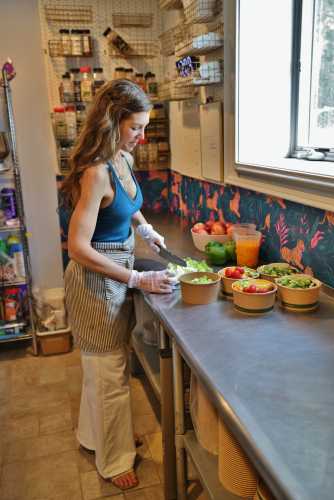You don’t have to be a weathervane to know which way the wind is blowing or an economist to get a sense of how the economy is doing. Just stop by a store.
In Plainview, Trio Hardware is seeing more customers stream in. P.C. Richard and Son, which offers first responder discounts, is getting busier. Restaurants are getting more crowded along with more takeout orders: You may need a reservation where until recently you did not. Barbershops are busier. Long Island is recovering as we head into the holiday retail season, although it’s hard to say what the new normal will be and what will happen in the winter.
Numbers and predictions paint pictures in ways that individual experience cannot, when it comes to the state of the local economy. Stores don’t expect to be spooked by soft sales. Deloitte predicts holiday retail will surge 7% to 9% while e-commerce sales are expected to grow 11% to 15% over 2020. E-commerce holiday sales are projected to grow 11% to 15%, compared to 2020. Black Friday, Cyber Monday and Small Business Saturday on Nov. 27 could boost sales.
“We anticipate strong consumer spending for the upcoming holiday season,” says Daniel Bachman, Deloitte’s U.S. economic forecaster, citing rising vaccination rates which will likely lead to “increased spending on services, including restaurants and travel.”
Expect e-commerce sales to “continue to grow as consumers demonstrate an ongoing and steady movement toward buying online across all categories,” Bachman says of a retail landscape with a little less competition, due to empty stores.
Consumer spending on Halloween-related items was expected to reach an all-time high of $10.14 billion, up from $8.05 billion in 2020, according to the National Retail Federation’s forecast. “Americans plan to spend more than ever to make this Halloween a memorable one,” NRF President and CEO Matthew Shay said of pent-up demand. He added that amid lingering supply concerns, retailers in this new not entirely normal brought in Halloween products earlier to ensure shelves were stocked with seasonal goods ahead of the holiday.
Things are improving locally despite inflation, but we’re still far from pre-pandemic heights in terms of jobs and in retail, specifically. Nonfarm employment on Long Island (jobs physically located here) was down 119,100 or 8.8 percent as of August 2021 from pre-pandemic August 2019.
The leisure and hospitality sector on Long Island, “the hardest hit during the pandemic,” is still 29,400, or 20.4% below pre-pandemic levels, said Shital Patel, principal economist and labor market analyst for Long Island at the New York State Department of Labor. Employment at restaurants remains 17.2% below pre-pandemic levels, she said.
“The retail sector has fared a bit better compared to leisure and hospitality, but the recovery has been uneven,” Patel said, noting retail employment is 10.8% below pre-pandemic levels.
“Building material and garden equipment stores, like Home Depot and Lowe’s, have regained all the jobs lost during the pandemic and employment is currently above pre-pandemic levels,” she said.
These stores benefitted from consumers “spending more time at home and renovating and upgrading their living spaces,” Patel said. P.C. Richard and Son added interactive Smart Home Departments with Wi-Fi thermostats, video doorbells, and much more, seeking to ride the home high-tech boom.
At the other end of the spectrum, employment on Long Island at clothing and clothing accessories stores, which Patel said “were already struggling prior to the pandemic,” remains 25.3% below pre-pandemic levels.
E-commerce is soaring with brick-and-mortar retailers relying more on clicks as delivery rockets. The courier and messenger industry, which includes companies to which e-commerce retailers outsource local delivery, has grown by 27.9% over the last two years, Patel said.
Long Island’s 5.1% August unemployment rate was nearly half of the 9.7% during the height of the pandemic, but above the 3.8% in August 2019. If “Help Wanted” signs make it seem that fewer people are working or seeking work, data bears that out. Long Island’s labor force shrank 3.6% from pre-pandemic levels.
“While we don’t have details on who has been exiting the labor force, there are many issues at play,” Patel said. “Childcare and eldercare issues as well as lingering fears of the virus and the Delta variant continue to keep many on the sidelines. The region’s older workers may also be retiring in larger numbers.”
While the times are changing, so are shopping patterns, which are different from pre-pandemic trends. Rod Sides, vice chairman of Deloitte LLP and U.S. retail and distribution sector leader, said “pandemic-influenced shopping behaviors continue to gain traction.” Convenience as well as delivery may be king.
Retailers who respond to “shifting consumer behaviors and offer convenient options for online and in-store shopping, as well as order fulfillment,” Sides said, “will be poised for growth this holiday season, and into the new year.”
For more business coverage visit longislandpress.com/category/business
Sign up for Long Island Press’ email newsletters here. Sign up for home delivery of Long Island Press here. Sign up for discounts by becoming a Long Island Press community partner here.



































